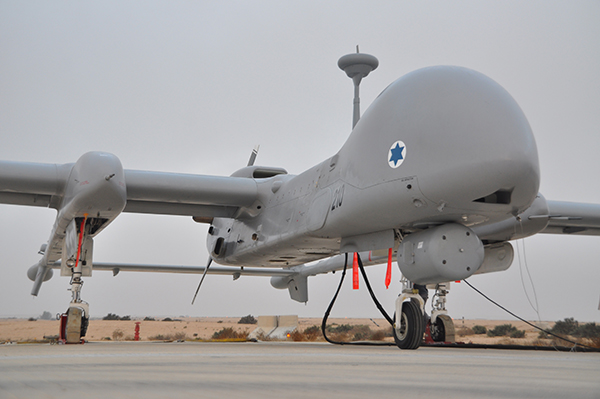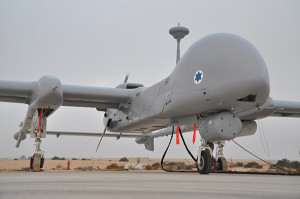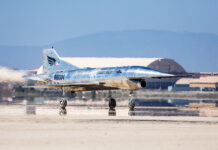

For the near term Eitan flights will be restricted, until the completion of evaluation of the entire flight envelope. The aircraft, the largest unmanned system in the IAF inventory, crashed on January 26 after taking off from Tel-Nof air base on a test flight. A combined investigation conducted by the air force and IAI concluded that the crash was caused by a structural failure in the wing, probably due to a manufacturing process. The new conclusion counters initial notions that the UAS had come down after exceeding the limitations of its flight envelope due to excessive payload or pilot error.
Returning to flying routine, the squadron will conduct careful inspection and perform two test flights on each of its Heron TP UAVs, before returning the UAVs to operational status. THe IAF and Eitan manufacturer IAI plan to isolate the cause of the failure and develop methods to prevent its occurrence in future production aircraft. In addition, an inspection process is being developed to prevent such mishape in the future. The aircraft’s composite fuselage is designed to accommodate large volume payloads, with the type having a service ceiling above 45,000ft (13,700m) and an estimated maximum endurance of more than 70h.
















